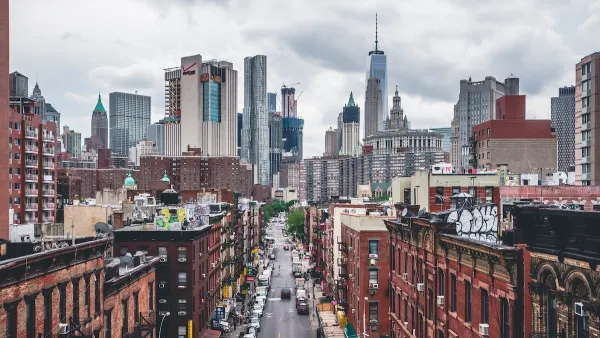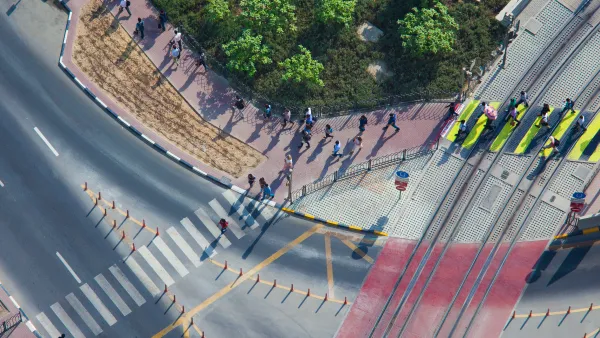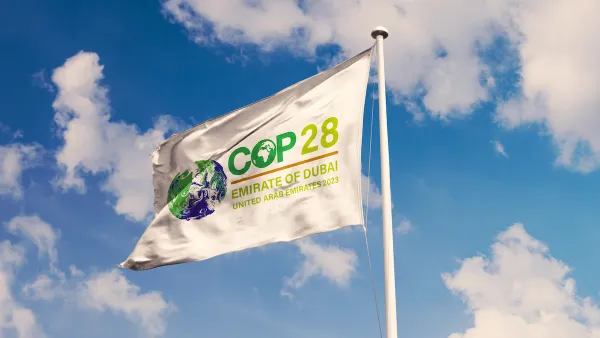In this article from The New York Times Magazine looks at "instant cities" like Dubai and Shenzhen that have developed in hyperspeed in recent years, and discusses why they aren't yet "real" cities.
"In both China and the Persian Gulf, cities comparable in size to New York have sprouted up almost overnight. Only 30 years ago, Shenzhen was a small fishing village of a few thousand people, and Dubai had merely a quarter million people. Today Shenzhen has a population of eight million, and Dubai's glittering towers, rising out of the desert in disorderly rows, have become playgrounds for wealthy expatriates from Riyadh and Moscow. Long-established cities like Beijing and Guangzhou have more than doubled in size in a few decades, their original outlines swallowed by rings of new development. Built at phenomenal speeds, these generic or instant cities, as they have been called, have no recognizable center, no single identity. It is sometimes hard to think of them as cities at all. Dubai, which lays claim to some of the world's most expensive private islands, the tallest building and soon the largest theme park, has been derided as an urban tomb where the rich live walled off from the poor migrant workers who serve them. Shenzhen is often criticized as a product of unregulated development, better suited to the speculators that first spurred its growth than to the workers housed in huge complexes of factory-run barracks. Yet for architects these cities have also become vast fields of urban experimentation, on a scale that not even the early Modernists, who first envisioned the city as a field of gleaming towers, could have dreamed of."
FULL STORY: The New, New City

Analysis: Cybertruck Fatality Rate Far Exceeds That of Ford Pinto
The Tesla Cybertruck was recalled seven times last year.

National Parks Layoffs Will Cause Communities to Lose Billions
Thousands of essential park workers were laid off this week, just before the busy spring break season.

Retro-silient?: America’s First “Eco-burb,” The Woodlands Turns 50
A master-planned community north of Houston offers lessons on green infrastructure and resilient design, but falls short of its founder’s lofty affordability and walkability goals.

Test News Post 1
This is a summary

Analysis: Cybertruck Fatality Rate Far Exceeds That of Ford Pinto
The Tesla Cybertruck was recalled seven times last year.

Test News Headline 46
Test for the image on the front page.
Urban Design for Planners 1: Software Tools
This six-course series explores essential urban design concepts using open source software and equips planners with the tools they need to participate fully in the urban design process.
Planning for Universal Design
Learn the tools for implementing Universal Design in planning regulations.
EMC Planning Group, Inc.
Planetizen
Planetizen
Mpact (formerly Rail~Volution)
Great Falls Development Authority, Inc.
HUDs Office of Policy Development and Research
NYU Wagner Graduate School of Public Service




























